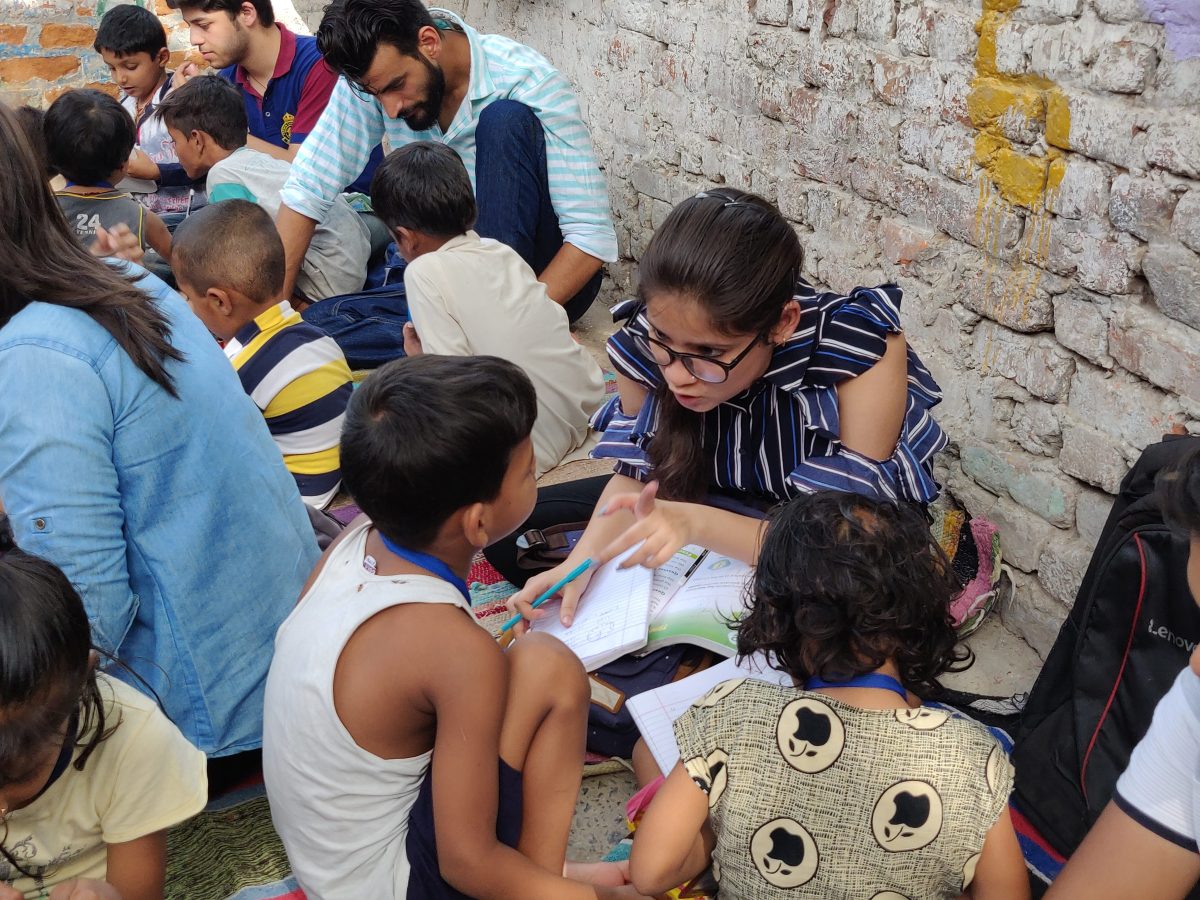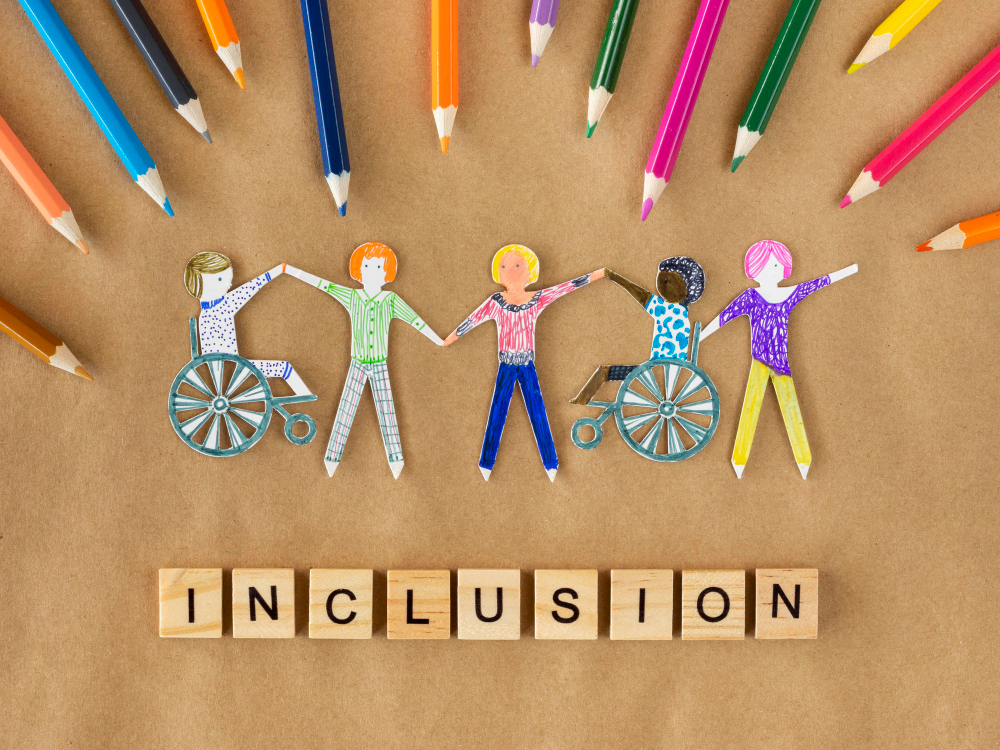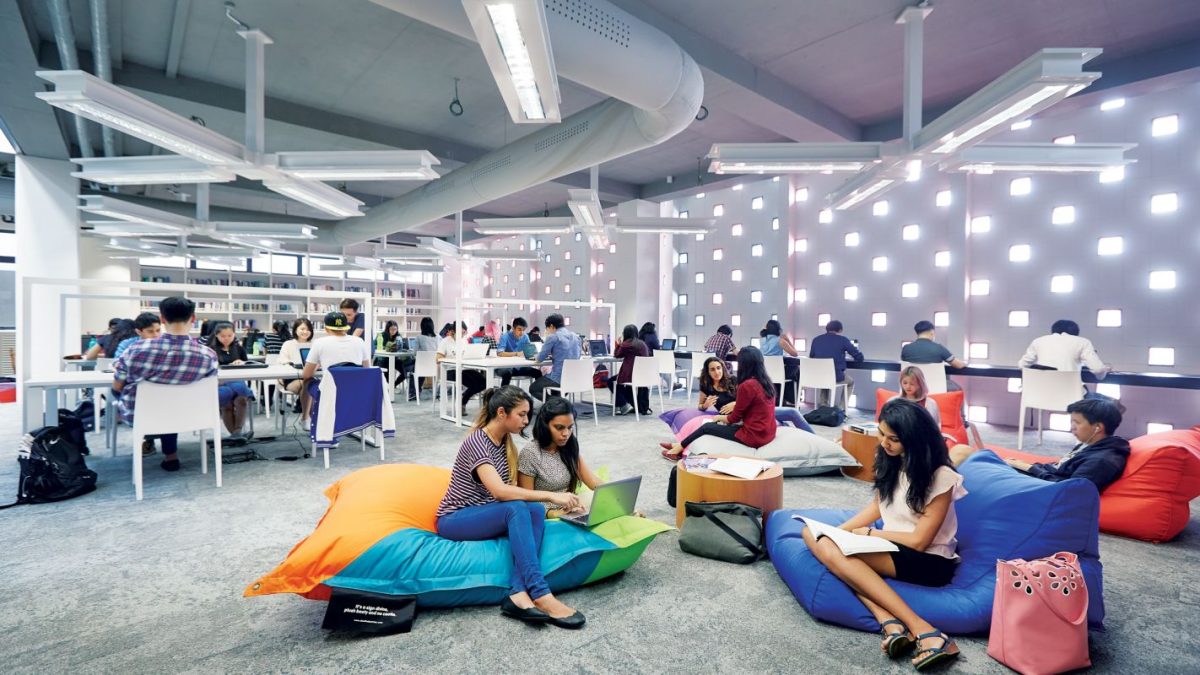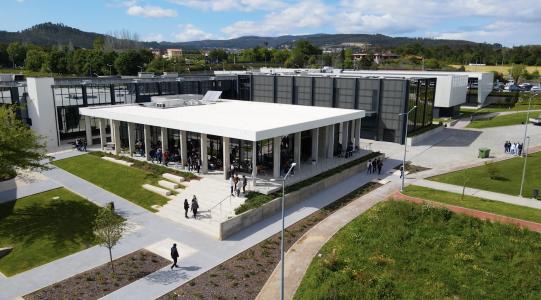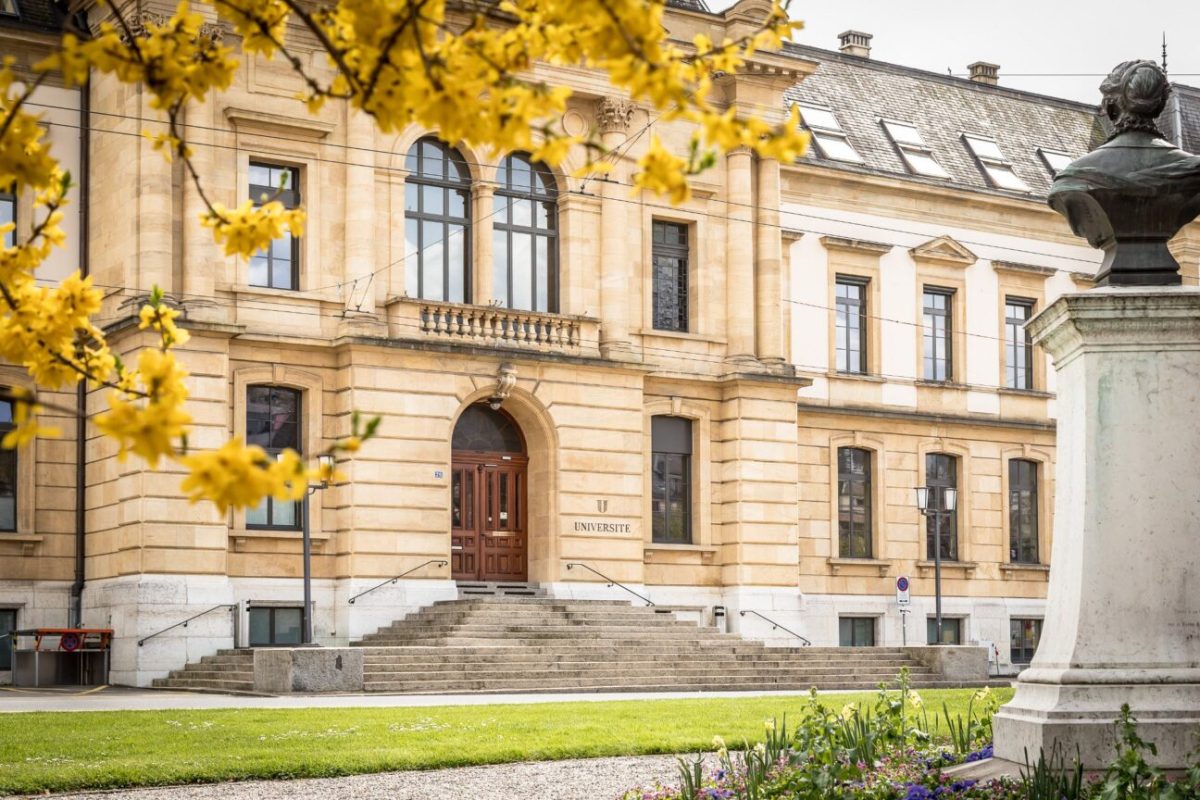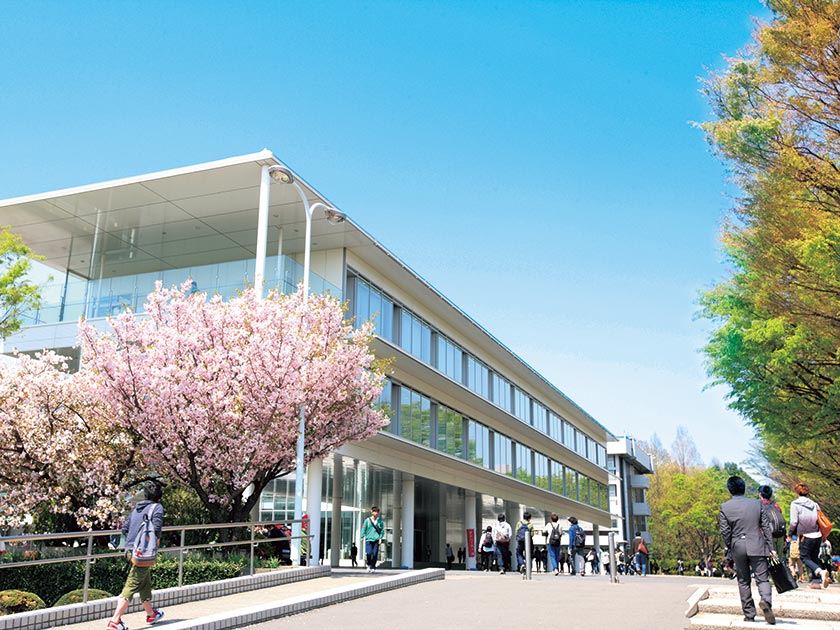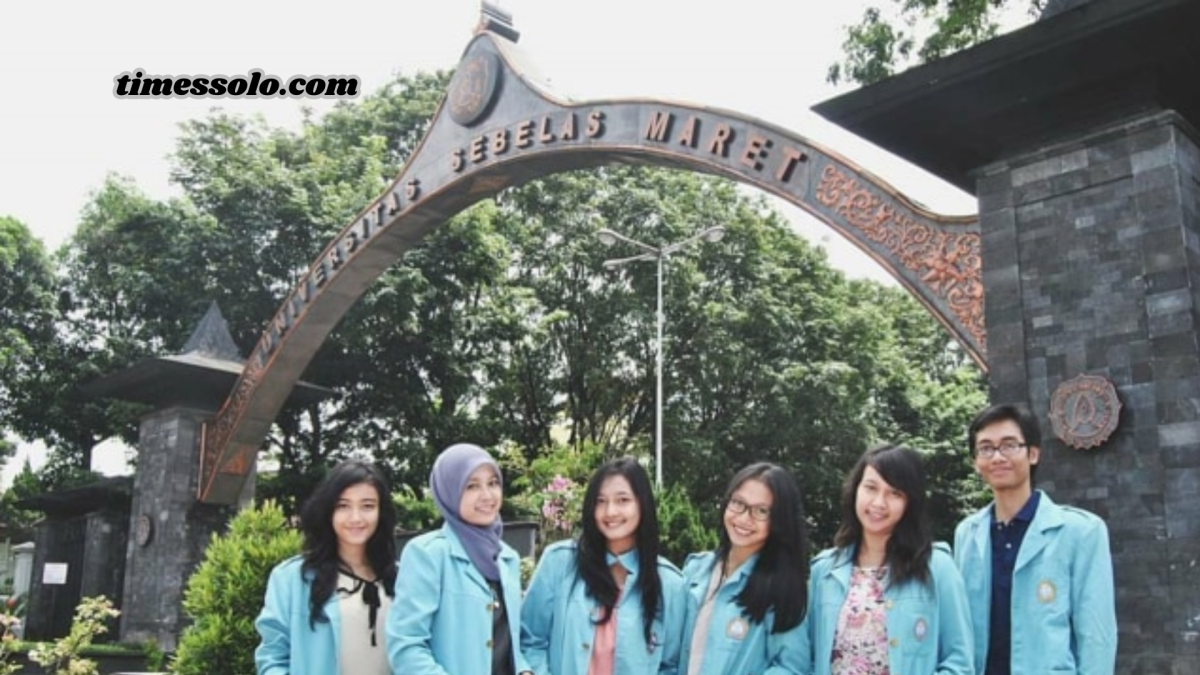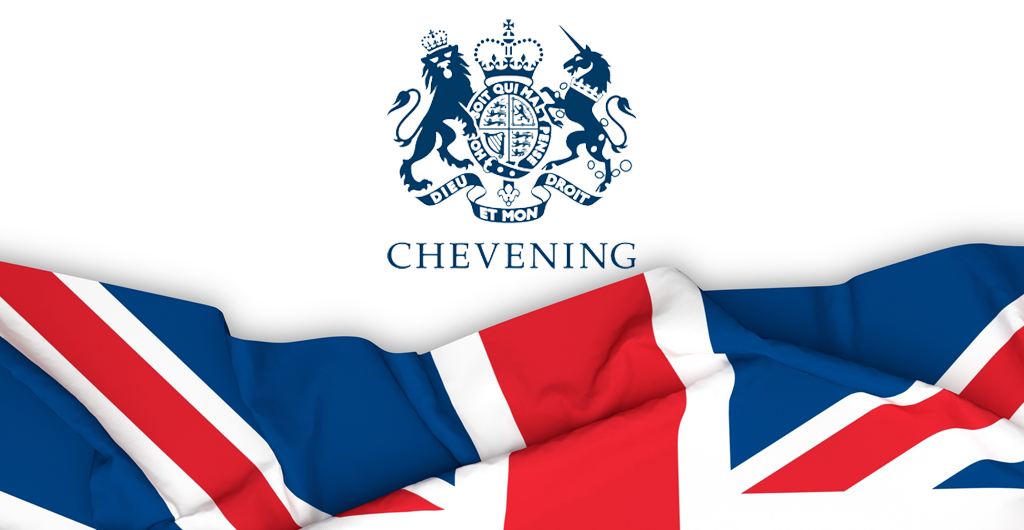Dunia kerja yang semakin dinamis dan kompetitif menuntut lulusan untuk memiliki keterampilan dan pengetahuan yang relevan dengan kebutuhan pasar. Sebagai lembaga pendidikan tinggi, universitas memiliki peran penting dalam membekali mahasiswa dengan kemampuan yang diperlukan agar siap menghadapi tantangan di dunia profesional. Dengan mengintegrasikan teori akademik dengan situs slot gacor pengalaman praktis, universitas membantu mahasiswa membangun keterampilan yang dibutuhkan untuk beradaptasi dan berkembang dalam karier mereka.
1. Kurikulum yang Relevan dengan Kebutuhan Industri
Salah satu cara utama universitas mempersiapkan mahasiswa untuk dunia kerja adalah melalui kurikulum yang relevan dan terus diperbarui sesuai dengan perkembangan industri. Sebagai contoh, program-program di bidang teknologi informasi, keuangan, bisnis, dan kesehatan seringkali disesuaikan dengan tren terbaru dan keterampilan yang dicari oleh perusahaan.
Kurikulum ini tidak hanya mengajarkan teori dasar, tetapi juga keterampilan praktis yang dibutuhkan dalam pekerjaan. Misalnya, mahasiswa di jurusan teknik komputer mungkin belajar tentang pemrograman terbaru atau perkembangan dalam kecerdasan buatan. Di bidang bisnis, mereka dapat mempelajari strategi pemasaran digital, analisis data, dan keterampilan kepemimpinan yang relevan.
2. Magang dan Pengalaman Kerja Lapangan
Pengalaman praktis sangat penting dalam mempersiapkan mahasiswa untuk dunia kerja, dan banyak universitas menawarkan program magang atau kerja lapangan yang memberikan kesempatan bagi mahasiswa untuk bekerja di perusahaan atau organisasi terkait dengan bidang studi mereka. Melalui magang, mahasiswa dapat:
- Mendapatkan pengalaman langsung yang tidak bisa diperoleh hanya dari perkuliahan.
- Membangun jaringan profesional yang sangat berharga untuk karier mereka.
- Mengasah keterampilan interpersonal dan komunikasi yang sangat dibutuhkan di tempat kerja.
- Menyadari realitas dunia kerja dan menyesuaikan pengetahuan yang mereka pelajari di kampus dengan tantangan yang ada di lapangan.
Magang memberi mahasiswa gambaran nyata tentang bagaimana dunia kerja beroperasi, serta tantangan dan peluang yang mereka hadapi setelah lulus.
3. Keterampilan Komunikasi dan Kerja Tim
Di luar keterampilan teknis, kemampuan untuk bekerja dalam tim dan berkomunikasi dengan baik sangat dihargai oleh banyak perusahaan. Universitas memberikan banyak kesempatan bagi mahasiswa untuk mengembangkan keterampilan kerja tim dan komunikasi melalui proyek kelompok, presentasi, dan diskusi kelas.
Misalnya, dalam proyek kelompok, mahasiswa harus berkolaborasi, berbagi ide, dan menyelesaikan masalah bersama-sama. Hal ini membantu mereka mengembangkan keterampilan interpersonal, seperti kepemimpinan, penyelesaian konflik, dan negosiasi, yang sangat penting untuk sukses di dunia kerja.
Selain itu, kemampuan untuk berkomunikasi secara efektif—baik secara lisan maupun tulisan—menjadi keterampilan penting yang diperlukan dalam hampir setiap profesi. Banyak universitas yang menawarkan pelatihan atau kursus khusus untuk meningkatkan keterampilan komunikasi mahasiswa, seperti keterampilan presentasi, penulisan profesional, dan kemampuan berbicara di depan umum.
4. Keterampilan Kepemimpinan dan Manajemen Proyek
Universitas juga mempersiapkan mahasiswa dengan memberikan mereka kesempatan untuk mengembangkan keterampilan kepemimpinan dan manajemen proyek. Keterampilan ini sangat dibutuhkan untuk posisi manajerial dan pengambilan keputusan yang lebih besar di tempat kerja. Dalam banyak program studi, mahasiswa diminta untuk memimpin proyek kelompok atau organisasi kemahasiswaan, yang memberikan mereka pengalaman langsung dalam memimpin tim, merencanakan dan melaksanakan proyek, serta mengambil keputusan strategis.
Program-program ini sering kali mencakup pelatihan tentang manajemen waktu, pengelolaan sumber daya, dan penyelesaian masalah, yang semuanya sangat berguna dalam dunia kerja.
5. Jaringan Profesional dan Kegiatan Ekstrakurikuler
Selain aspek akademik, universitas juga membantu mahasiswa membangun jaringan profesional yang kuat. Banyak universitas memiliki karir center atau forum karir yang menyelenggarakan kegiatan seperti career fairs, workshops, dan seminar industri, di mana mahasiswa dapat bertemu langsung dengan perekrut atau profesional dari berbagai bidang.
Kegiatan ekstrakurikuler seperti organisasi kemahasiswaan, klub profesional, atau acara sosial lainnya juga memberikan kesempatan bagi mahasiswa untuk mengembangkan keterampilan kepemimpinan, kerja tim, dan jejaring yang sangat penting dalam dunia kerja. Dengan membangun jaringan yang kuat di kampus, mahasiswa dapat mengakses peluang pekerjaan, magang, dan kolaborasi profesional setelah lulus.
6. Pendekatan Pembelajaran Berbasis Proyek dan Studi Kasus
Universitas sering kali mengadopsi pendekatan pembelajaran berbasis proyek dan studi kasus untuk mengajarkan mahasiswa keterampilan analisis dan pemecahan masalah yang penting di dunia kerja. Mahasiswa diberi tugas untuk mengerjakan proyek yang meniru tantangan dunia nyata, di mana mereka harus menganalisis masalah, mengidentifikasi solusi, dan bekerja dalam tim untuk menyelesaikan tugas tersebut.
Studi kasus, khususnya, sangat populer di sekolah-sekolah bisnis seperti Harvard Business School, di mana mahasiswa menganalisis situasi nyata yang dihadapi oleh perusahaan atau individu dalam konteks industri tertentu. Pendekatan ini memungkinkan mahasiswa untuk mengembangkan keterampilan berpikir kritis, analitis, dan kreatif yang sangat dihargai oleh perusahaan.
7. Pelatihan Keterampilan Digital dan Teknologi
Dalam dunia kerja modern, hampir semua pekerjaan memerlukan keterampilan teknologi dan digital. Universitas mempersiapkan mahasiswa dengan menyediakan kursus yang mengajarkan keterampilan digital, seperti pemrograman, analisis data, keamanan siber, dan penggunaan perangkat lunak yang relevan. Selain itu, universitas sering mengintegrasikan teknologi pembelajaran seperti e-learning, platform kolaborasi, dan alat manajemen proyek untuk membekali mahasiswa dengan keterampilan yang mereka butuhkan untuk bekerja secara efektif di dunia kerja yang semakin berbasis teknologi.
Universitas memiliki peran yang sangat penting dalam mempersiapkan mahasiswa untuk dunia kerja dengan memberikan mereka pendidikan yang relevan, pengalaman praktis, dan keterampilan yang dibutuhkan untuk sukses. Dengan kombinasi kurikulum yang terstruktur, magang, keterampilan komunikasi, kepemimpinan, dan pengalaman lapangan, universitas tidak hanya mempersiapkan mahasiswa dengan pengetahuan akademis, tetapi juga dengan keterampilan praktis yang siap digunakan di dunia profesional. Dengan demikian, mahasiswa yang lulus dari universitas yang mempersiapkan mereka dengan baik lebih siap untuk menghadapi tantangan dunia kerja yang kompetitif.











